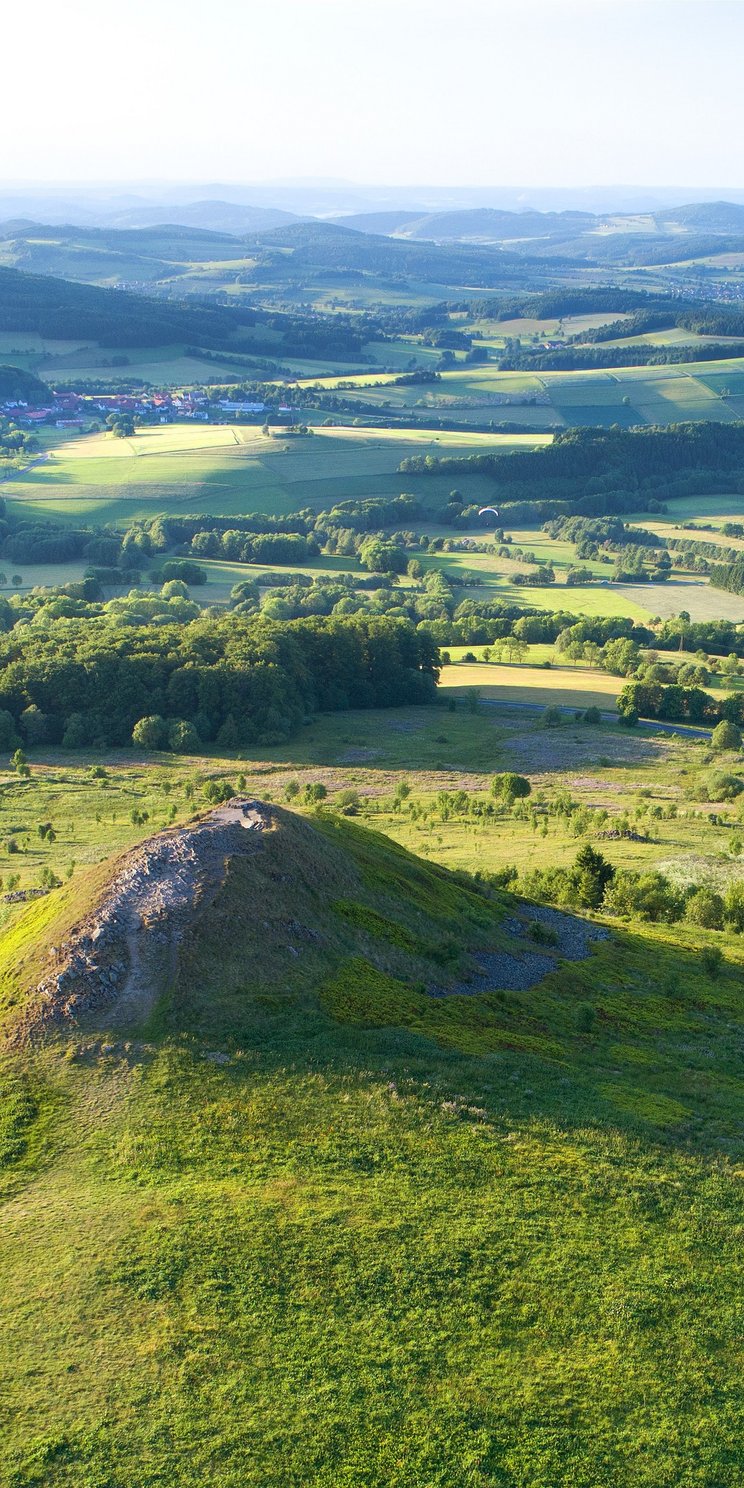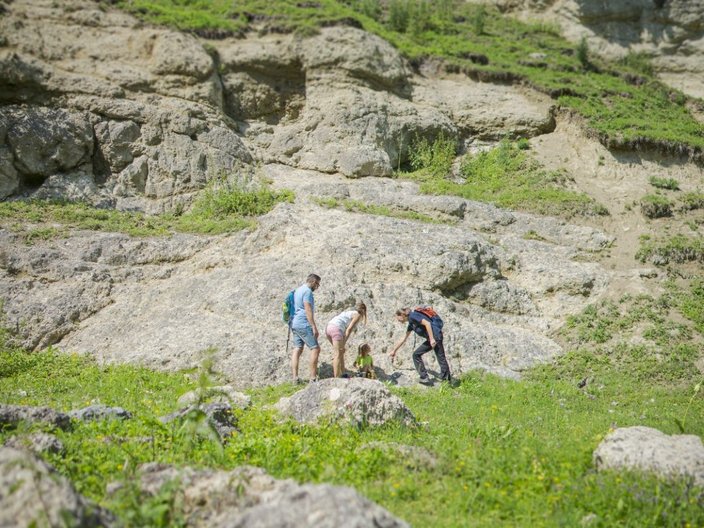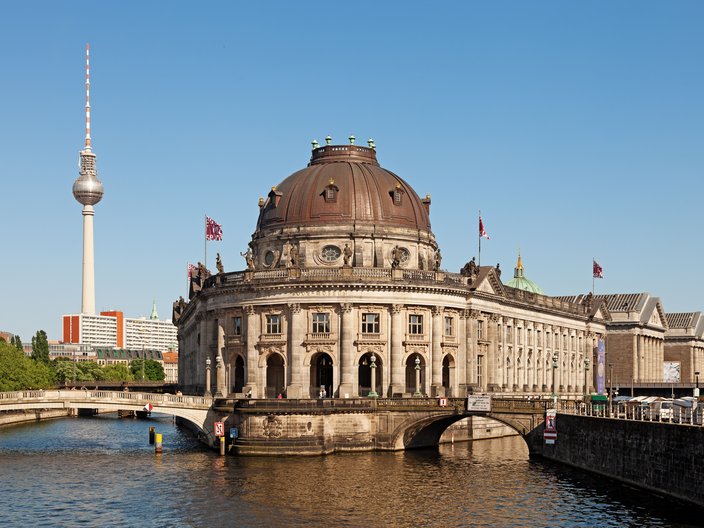Biosphere Reserves fulfil various functions. They promote sustainable forms of economic activity and nature conservation, support research and education in sustainable development, and encourage international cooperation. Biosphere Reserves are divided into zones, to which certain site-specific rules apply. For example, each reserve must be representative of a specific natural environment, and more importantly, support the region’s inhabitants and their environmentally friendly lifestyles and economic forms. Biosphere Reserves represent a paradigm shift: nature conservation with and by the people. They offer a framework for long-term processes of sustainable development and ensure the continued vitality of these areas. Biosphere Reserves serve as a seal of quality for tourists. They provide new sources of income and employment and strengthen the inhabitants’ identity and pride in their regions. Within this global network, biosphere reserves ultimately contribute to international cooperation and peace.
Overview of biosphere reserves
- View the complete list of Biosphere Reserves worldwide Man and the Biosphere Programme (MAB) - Map (unesco.org)External link:
- Learn more about Biosphere Reserves in Germany.








